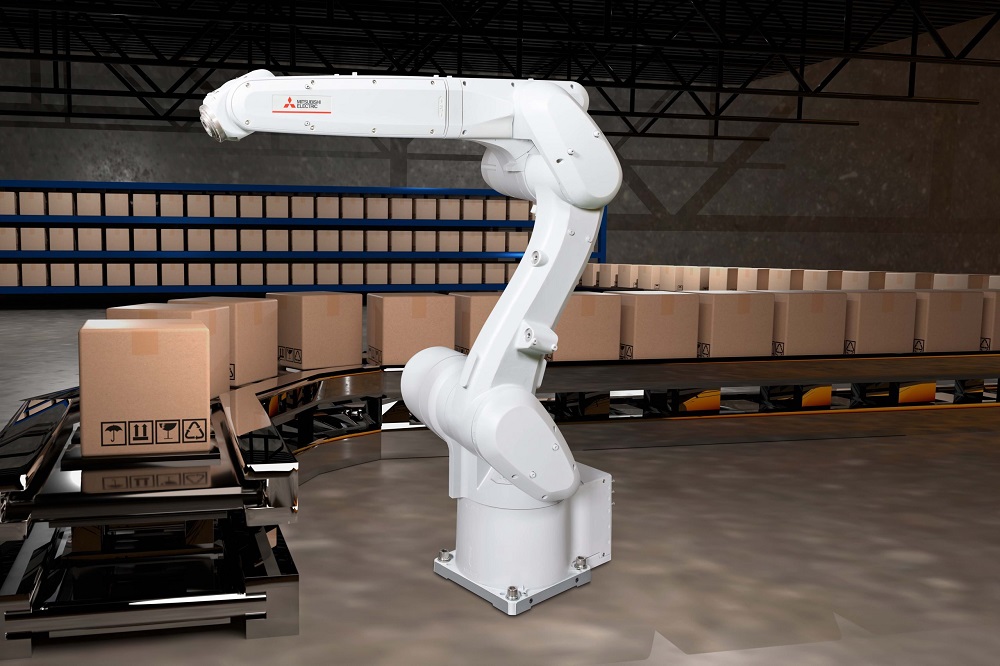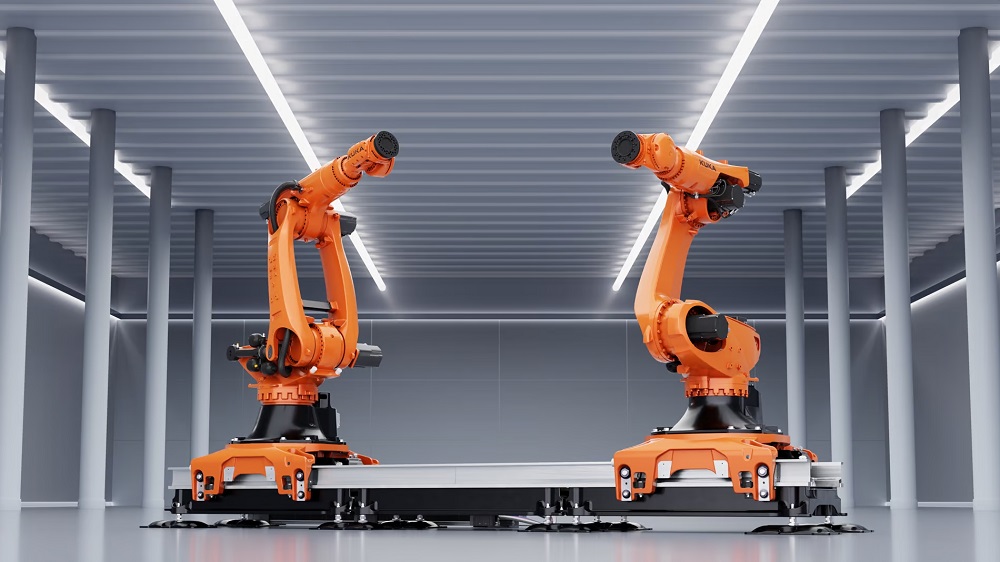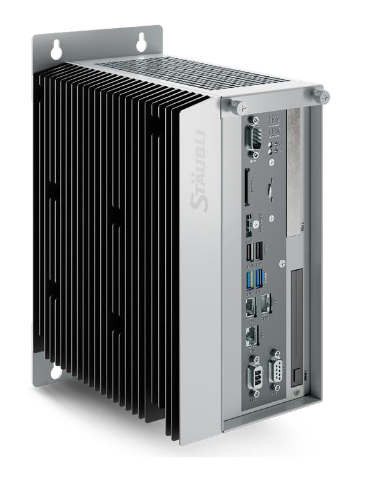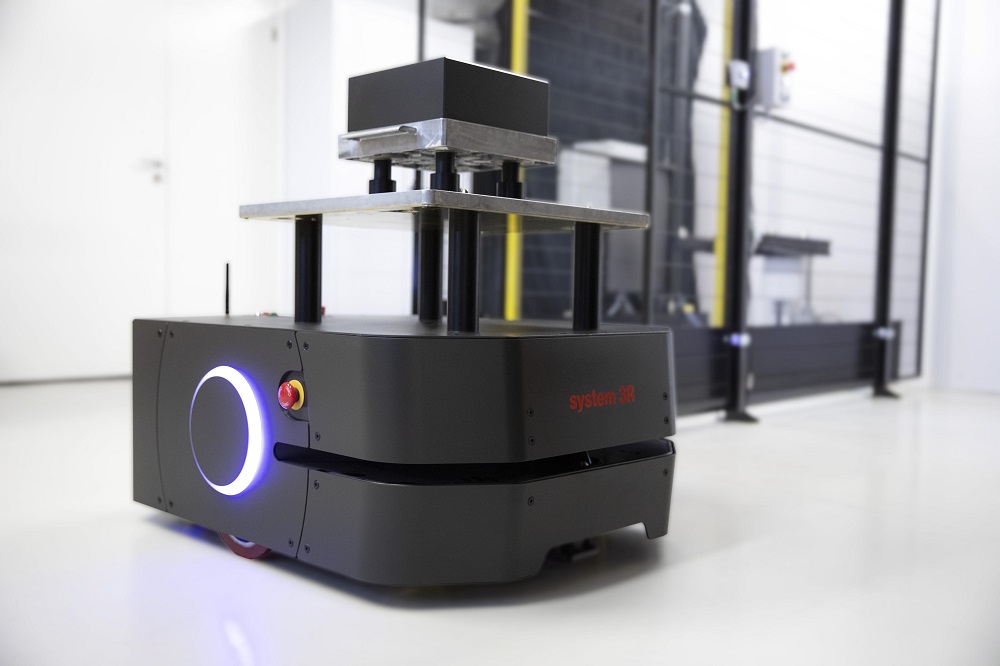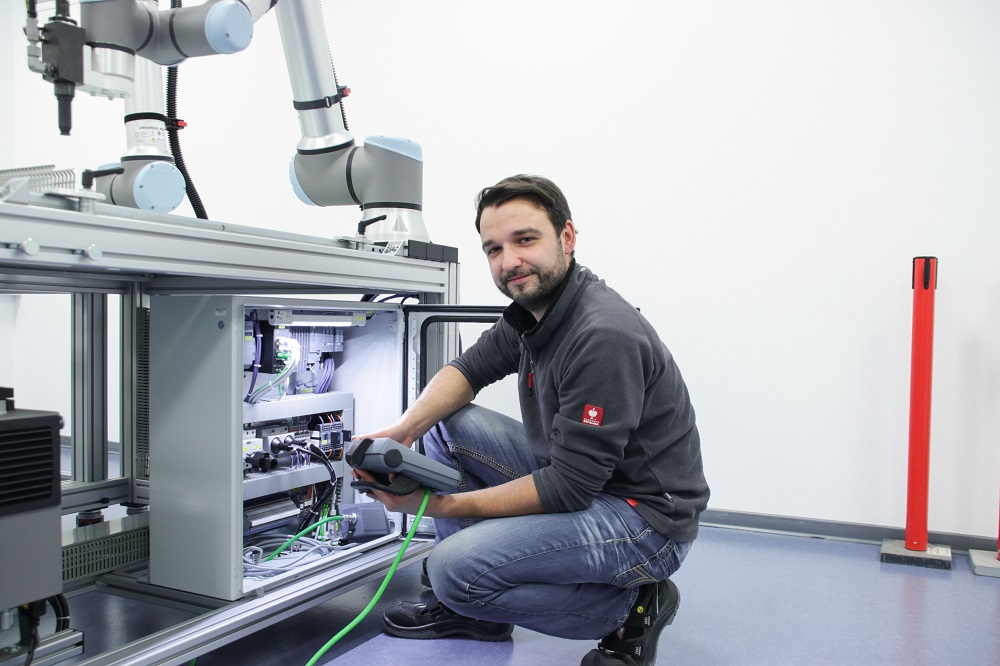Mitsubishi Electric is launching itsMelfa RV-12CRL vertical articulated robot, which offers 1504 mm reach and 12 kg payload capacity. The robot’s wide effective working area makes it suitable for a variety of processes and industries, includingmachine tending, automotive and lithium-ion battery manufacturing. Users will also be able to take advantage of built-in functions that streamline implementation, enhance safety and reduce downtime.
The high payload capacity and long reach means the latest Melfa robot can deliver high levels of versatility in pick-and-place and assembly applications. Performance is also enhanced by the RV12CRL’s ability to operate at high speeds, with the arm designed to accommodate high inertia and momentum. This resilience means the robot can support precise positioning even when handling heavy loads, maintaining accuracies of ±0.04 mm.
Users of Mitsubishi Electric’s newsix-axis robot can equip it with Melfa SafePlus for extended safety functions. This technology uses sensors such as light curtains to limit speed, torque and reach upon detecting human workers nearby, allowing it to operate without safety cages. The ability to safely work in shared spaces without having to stop whenever a worker approach makes it effective in flexible production environments.
The robot uses next-generation servo motors with battery-less encoders that eliminate the need for battery replacements or back-ups, reducing both maintenance costs anddowntime.
Barry Weller, product manager -mechatronics at Mitsubishi Electric Automation Systems UK, says: “Thanks to its innovative features and performance of the Melfa RV-12CRL robot, this latest addition to our range offers a cost-effective and efficient solution for repetitive handling operations involving large and heavy items.”
For further information www.bit.ly/3Qg93wU






